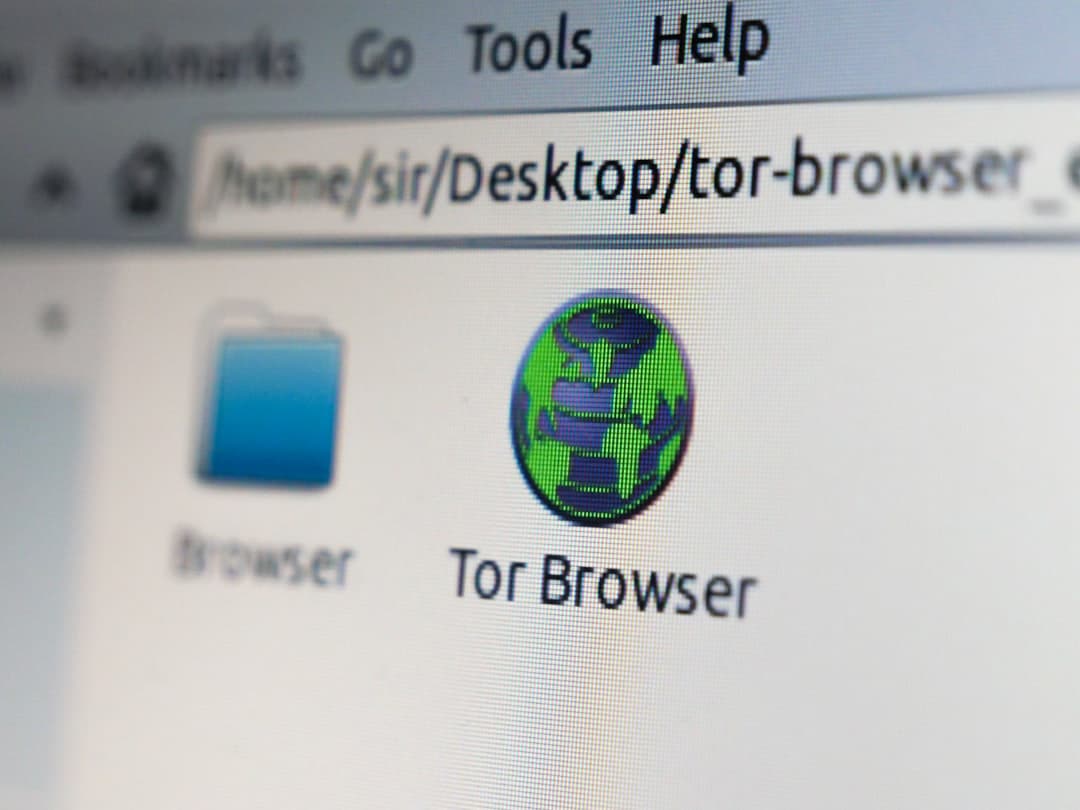In the spirit of innovation and accessibility, the internet has gradually transformed into a melting pot of useful tools, free resources, and creative platforms aimed at empowering users. Whether they’re aspiring developers, digital marketers, educators, or hobbyists, countless individuals seek out practical utilities daily. However, navigating through the clutter of scattered websites often becomes a tedious process. This is where the concept of a random website generator as a free tool hub comes into play—an all-in-one solution that democratizes digital discovery and optimizes efficiency.
Contents
What Is a Random Website Generator?
A random website generator is a digital tool designed to deliver users to a randomly selected website from a curated list. At first glance, this feature might sound more whimsical than useful. However, when supported by a carefully selected library of high-quality, free, and trustworthy online tools, it becomes a serious productivity enhancer. The key to transforming this concept into something robust lies in turning it into a curated free tool hub.
Imagine clicking a button labeled “Surprise Me,” only to land on a free online diagram editor, a plagiarism checker, or an advanced calculator designed for chemical equations. Unlike the randomness of pure entertainment platforms, this generator is built with intent and value. Each destination has utility, verified usability, and relevance to a broader user base.
Why Build a Free Tool Hub?
Creating a centralized free tool hub structured around a random generator offers numerous benefits, both for creators and users. Below are some key advantages:
- Accessibility: Users don’t need to search endlessly for niche tools—they can discover them organically.
- Serendipitous Learning: Exposure to new utilities might introduce users to tools they didn’t know they needed.
- Minimalism: Instead of bookmarking 30 different sites, users return to one hub that acts as an evolving gateway to others.
- Community Building: Developers can contribute tools, and users can recommend additions, creating a crowdsourced catalog.
This approach turns random discovery into a structured yet flexible exploration model.
Features to Include in a Quality Tool Hub
To make your random website generator a serious contender in the digital resource space, it needs to go beyond basic randomness. Key features to consider include:
- Tool Categories: Sort tools by domain such as Productivity, Design, Coding, Writing, Finance, and Education.
- Tagging and Metadata: Help users filter tools or set preferences (e.g., tools suitable for students or Mac users).
- User Ratings and Comments: Community insights lend credibility and guide better exploration.
- Favoriting Tools: Allow account-based users to bookmark their favorite resources for repeat visits.
- Daily Recommendations: Offer a ‘Tool of the Day’ spotlighted with useful tips and tutorials.
Combining randomness with structure ensures users get the best of both worlds: novelty without aimlessness.
Use Cases Across Different Fields
A free tool hub powered by a random generator isn’t just for digital natives or entrepreneurs. Almost anyone can benefit.
- Students: Discover calculators, flashcard tools, and citation generators.
- Teachers: Land on class management utilities, quiz makers, and lesson planners.
- Freelancers: End up on time trackers, invoice generators, or design mockup sites.
- Writers: Find grammar checkers, headline analyzers, or AI brainstorming tools.
- Web Developers: Use CSS generators, code playgrounds, and API testers.

Because the tool is generalized to cover diverse professional and creative needs, it becomes not just a novelty—but a necessity.
Challenges and Solutions
Though promising, building a random website generator coupled with a tool hub isn’t without challenges. Below are common issues and how to resolve them:
- Quality Control: Avoid linking to defunct or low-quality websites by curating manually or integrating user feedback and quality scores.
- Relevancy: Implement user filters or machine learning algorithms that tailor randomness to user preference without eliminating the element of surprise.
- Monetization Without Compromise: Ads can be intrusive. Instead, opt for affiliate partnerships with premium versions of featured tools or allow donations for an ad-free experience.
- Keeping It Fresh: Encourage developers to submit new tools via an approval form and schedule regular updates to the database.
These challenges are not insurmountable. In fact, solving them efficiently forms a competitive gap many other tool aggregators fail to address.
Tech Stack: How to Build It
Building a random website generator and hub can be done with relatively simple technology. Here’s a typical approach:
- Frontend: HTML/CSS/JavaScript for a responsive UI and smooth transitions.
- Backend: Node.js or Python Flask running with an Express or Django framework.
- Database: Use PostgreSQL or MongoDB to store tool records along with tags, URLs, ratings, and metadata.
- APIs: Build your own or integrate third-party APIs for search, filtering, or analytics.
- Hosting: Deploy on scalable platforms such as Heroku, Vercel, or Netlify.
Developers can add features like browser extensions or mobile-app compatibility for additional user engagement potential. Security protocols such as HTTPS encryption and input sanitization are also essential to prevent breaches.

Ethical Considerations
Since website generators lead people toward third-party content, there is a responsibility to prioritize trustworthy, non-malicious destinations. Data privacy should also be a top concern. Avoid tracking users without consent and provide a clear GDPR-compliant privacy policy. Accessibility should likewise be a core principle—design the hub interface for screen readers, keyboard navigation, and color contrast compliance.
Opportunities for Engagement and Growth
Once the tool hub is live, user acquisition and retention strategies should center on value and trust. Here are a few impactful tactics:
- Social Sharing: Allow users to share tools they discover on social media.
- Email Digests: Provide weekly “new tool” digests to subscribers.
- Gamification: Offer badges for discovering or rating a certain number of tools.
- Open Source: Make at least part of the project open source to encourage developer contributions and transparency.
These personalization and marketing efforts build a user-centric ecosystem that people will not only use but also trust and advocate for.
Conclusion
The concept of a random website generator might once have been cast aside as a novelty tool. However, when coupled with a curated, structured database and rendered into a professional tool hub, it becomes nothing short of revolutionary. As more individuals seek to streamline their work, learn new skills, and explore the web responsibly—this type of platform meets the moment with elegance and utility. With the right strategy, tech stack, and commitment to user trust, building a random website generator as a free tool hub could be your gateway into creating one of the internet’s most surprisingly powerful utilities.

